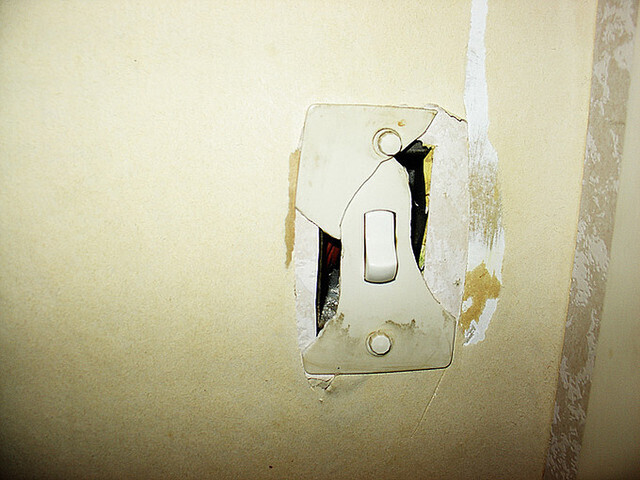Switches are an integral part of our daily lives, controlling the flow of electricity to various devices and appliances. However, when these switches become damaged or broken, they pose significant risks and dangers at home and in the workplace. Understanding these hazards and the benefits of using modern switches can help ensure a safer environment for everyone.
Potential Hazards of Damaged and Broken Switches
Electrical Fires: One of the most severe risks associated with damaged switches is the potential for electrical fires. Faulty wiring or broken components can cause sparks, which may ignite flammable materials nearby.
Electric Shocks: Damaged switches can expose live wires, increasing the risk of electric shocks. This is particularly dangerous in environments where water is present, such as kitchens and bathrooms.
Short Circuits: A broken switch can cause a short circuit, leading to power outages and potential damage to other electrical devices. This can disrupt daily activities and result in costly repairs.
Inconsistent Power Supply: Faulty switches may result in an inconsistent power supply, causing lights to flicker or appliances to malfunction. This can be annoying and hazardous, especially in workplaces where reliable power is crucial.
Increased Energy Consumption: Damaged switches can lead to energy wastage, as they may not effectively control the flow of electricity. This can result in higher energy bills and unnecessary strain on the electrical system.
Safety Check List
Here is a list of things to look for when checking if your switches are broken and need replacing:
🔧 Physical Damage: Look for any visible signs of damage, such as cracks, chips, or broken parts on the switch.
🚫 Unresponsive: It may be broken if the switch does not respond when pressed or toggled.
🔄 Intermittent Functioning: It could be faulty if the switch works sporadically or only when pressed in a certain way.
🔩 Loose or Wobbly: A switch that feels loose or wobbly when touched may be damaged internally.
🔥 Burn Marks or Smell: Check for any burn marks or a burning smell, which could indicate electrical damage.
🔊 Noisy Operation: If the switch makes unusual noises like buzzing or clicking, it might be defective.
🌡️ Overheating: A switch that becomes unusually hot to the touch could malfunction.
💡 Flickering Lights: If the switch controls a light and the light flickers or dims unexpectedly, the switch might be the culprit.
🎨 Discolouration: Any discolouration on the switch or surrounding area could indicate overheating or electrical issues.
⚙️ Inconsistent Performance: If the switch does not consistently perform its intended function, it may need to be replaced.
If you notice any of these signs, it might be time to replace the switch.
The risks and dangers associated with damaged and broken switches cannot be overstated. The potential hazards, from electrical fires to electric shocks, are numerous and severe. However, upgrading to modern switches can significantly enhance your home or workplace's safety, convenience, and efficiency. Investing in modern switches is a proactive step towards creating a safer and more reliable electrical system for everyone.
Call the Harkness Electrical team on 06 873 3444 to schedule the replacement of your damaged and faulty switches.

